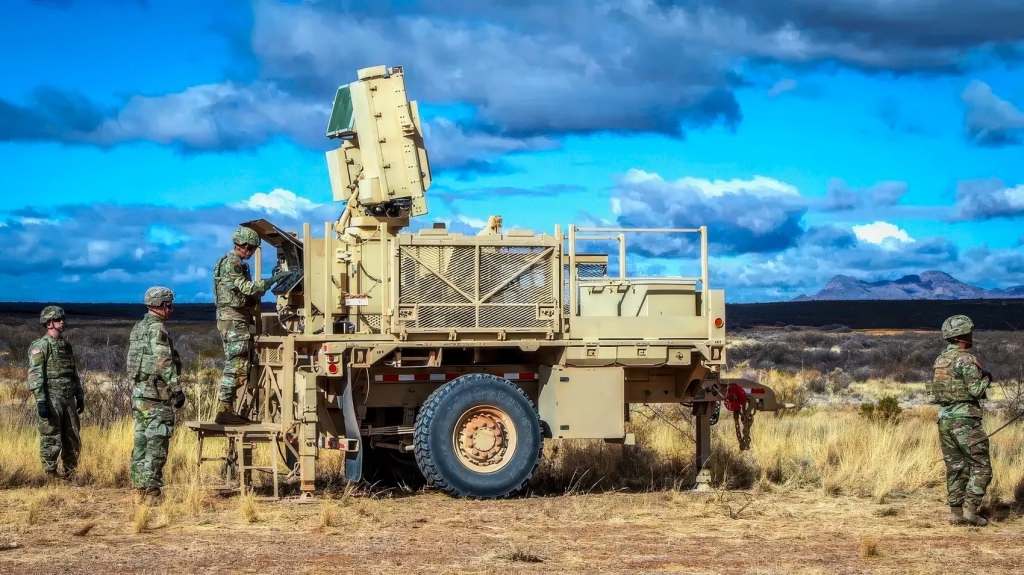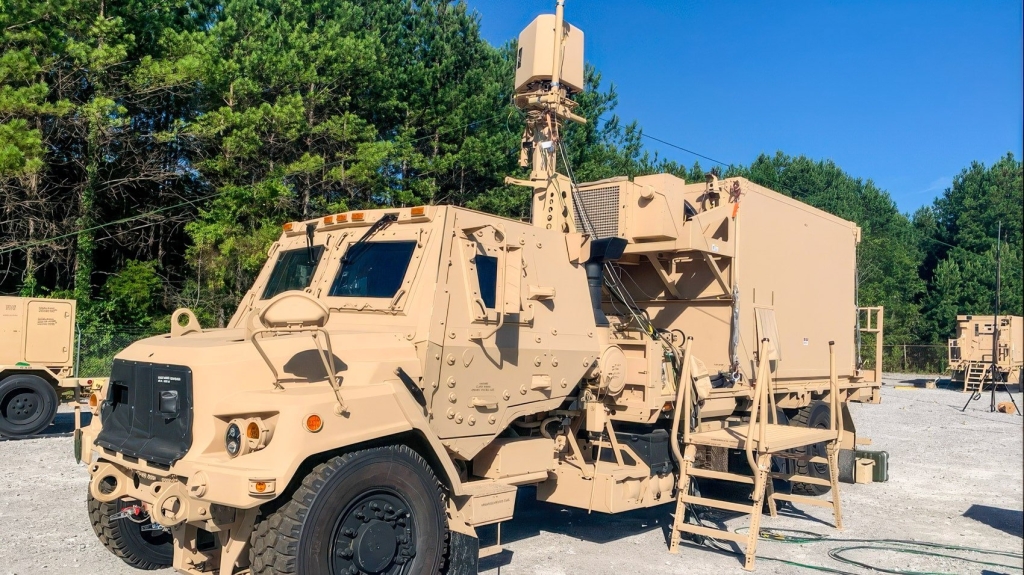Pentagon Builds Amazon Style Portal For Counter Drone Gear

Skyrover S1 Drones Now 15% Off With Amazon Coupon Plus DroneXL Discount Code
The Pentagon is building a new online marketplace that will let military bases and partner agencies shop for counter drone equipment the same way people buy products on Amazon. According to TWZ, this new hub is being developed by the Joint Interagency Task Force 401 as the United States deals with a growing number of drone incursions over sensitive military sites.
Brig. Gen. Matt Ross, the director of the task force, says the goal is simple. They want installation commanders, the FBI, Homeland Security, and even local law enforcement to quickly find the right sensors and effectors without slow procurement processes. A task force spokesman described it as an Amazon style portal where agencies can search, compare, and read feedback on counter drone tools. This idea looks like the Ukranian point market developed a few months ago to receive supplies on the front lines in a fast way.
Ross says the marketplace will show authoritative performance data so buyers can select gear that matches their specific needs. Different threats require different tools, and the military wants a large menu of plug and play options rather than forcing units to accept full systems that are not ideal for their own situations.
The task force also wants a major shift toward modular components. Instead of forcing a base to buy an entire radar, optical camera, and effector suite, they want commanders to mix and match. If a site only needs a radar that reaches 20 kilometers instead of 40, they can choose a cheaper unit and use the savings to deploy more systems.
The marketplace will include sensors that detect drones, low collateral effectors that counter them, and other technologies already on the market. The military is not focusing on explosive interceptors for homeland use because of the risk to people on the ground.
Tools, Integration And New Response Kits
Along with the shopping portal, the task force is trying to fix a long running problem. Many counter drone tools do not speak the same digital language. Ross says a universal communication standard is critical. They want sensors and effectors from different vendors to work together the same way any device connects to a home Wi Fi network.
To move toward this goal, the task force evaluated mission command systems from every branch during Operation Clear Horizon. They are now comparing results to choose a unified approach. Still, Ross says bases must stay decentralized. Drone threats move too fast for long approval chains. Operators on the ground need clear authority and fast tools.
The United States has already improved its response after several high profile incursions over places like Picatinny Arsenal, Wright Patterson Air Force Base, and Langley Air Force Base. The task force is helping installations identify weaknesses, prioritize resources, and close gaps more quickly.
A major new capability is NORTHCOM’s flyaway kits. And no, this “flyaway” doesn’t work the way as DJI replaces our drones when they decided to take a swim on the lake. These kits combine sensors, effectors, and trained personnel who can deploy on a C-130 and arrive at a threatened installation within 24 hours. The kits include Heimdal mobile sensor trailers, Anvil interceptors, Pulsar radio frequency defeat tools, and the Wisp infrared detection system.

Photo credit: Department of Defense/John Ingle
These kits recently reached operational certification and now serve as the last option if an installation does not have enough resources to handle a drone threat on its own. Still, Ross insists that most bases already have layered defenses suited to their environments.
The military is also watching global conflicts closely. Attacks like Ukraine’s Spider Web operation and Israel’s Operation Rising Lion show how dangerous near field drone strikes can be when launched inside a target nation. Ross says bases in the United States are vulnerable to the same tactics, and the task force is working to strengthen defenses.
One of the most active areas is the southern border. Ross recently visited the region to see firsthand how drones are used for smuggling and reconnaissance. The task force is building a distributed sensing network with passive and active sensors, along with new effectors that include low cost interceptors and radio frequency defeat tools.
Authorities, Next Steps And A Growing Challenge
Equipment is only part of the challenge. The task force also wants expanded legal authority. Under current law, known as 130i, the military can disrupt or disable drones at certain protected locations. Yet many bases are not covered. Ross wants full coverage so every installation commander knows exactly what they can and cannot do both inside and outside the fence line.

On Nov. 25, the task force will host a counter drone summit with federal partners. It will focus on intelligence, policy, science, technology, and operations. Ross says the drone threat is evolving fast, and the United States needs a coordinated approach that keeps pace with the challenge.
DroneXL’s Take
This new marketplace could be a real shift in how the United States handles small drone threats. The idea of mix and match components is smart, and the military clearly wants to speed up adoption of effective tools. The big question is whether they can truly standardize communication between all these systems. If they succeed, it could become one of the most significant changes in counter drone defense in years. What will happen? We will keep you informed after November 25.
Photo credit: Department of Defense/John Ingle, U.S. Army, Federal Bureau of Investigations
